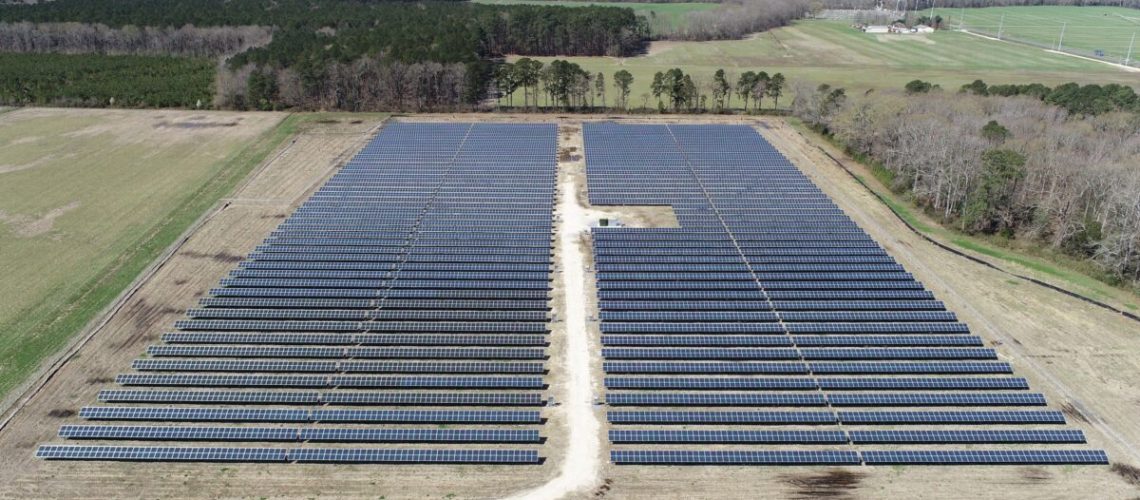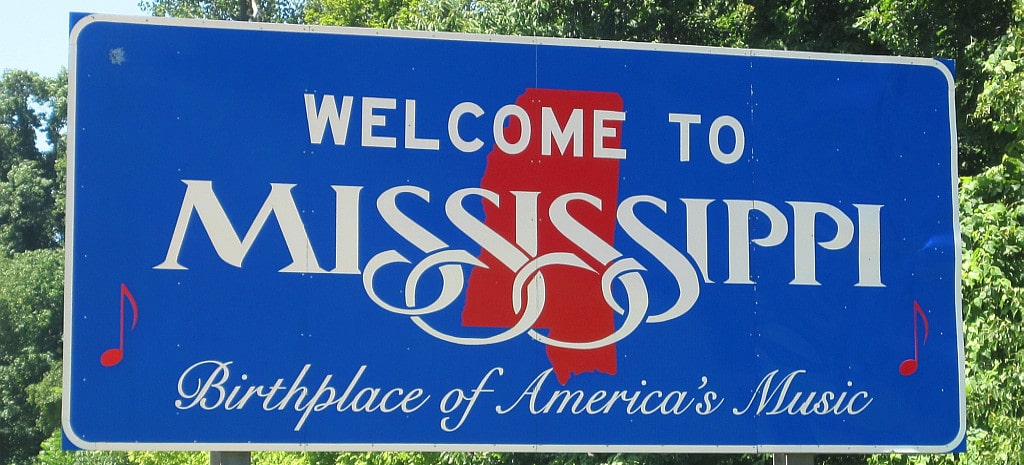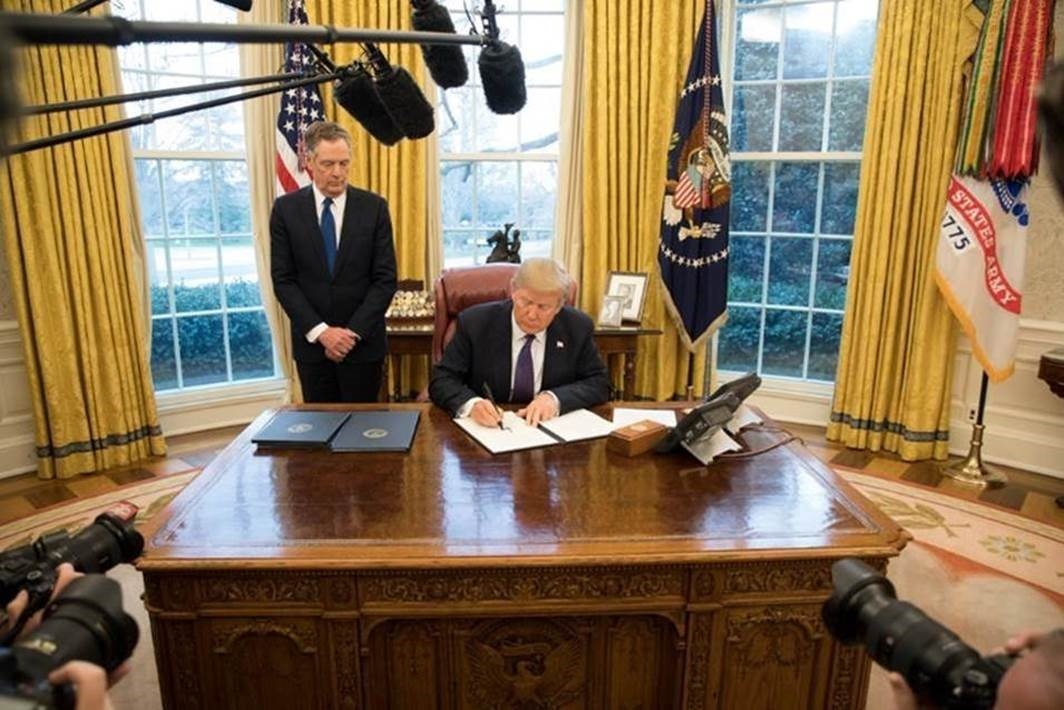With the signing of HB 908, Maryland becomes the 23rd U.S. state to implement a shared-access community solar framework without limitation to accessibility.
Maryland Governor Wes Moore (D) has signed the state’s community solar legislation, HB 908 into law, effectuating a state framework to provide clean energy to the state’s residents, including low- and moderate-income (LMI) households.
With Moore’s signing of HB 908, Maryland becomes the 23rd U.S. state to implement a shared-access community solar framework.
To help the state achieve its clean energy goals of deploying 100% renewable energy by 2035, community solar projects represent a solid component to the Mid-Atlantic state’s goals.
In an August 2020 report by the Governor’s Task Force on Renewable Energy Development and Siting, up to 33,033 acres of farmland in Maryland will be needed to host small to mid-sized solar installations, representing up to 1.7% of all agricultural land in the state, and up to 2.9% of what the task force characterized as “prime” agriculture land in the state.
Nautilus Solar Energy, a Summit, N.J.-based community solar developer, has an active portfolio of projects across the Mid-Atlantic region and heralded Governor Moore’s signing of HB 908.
“As a leader in the Maryland community solar pilot program, Nautilus Solar is excited to continue working with our network of development partners to bring clean energy and financial savings to subscribers across Maryland,” said Eric Paul, vice president of development, Nautilus Solar.
Eric LaMora, executive director of community solar, Nautilus Solar, said, “With an early focus on providing LMI households with discounted solar energy, we are completely supportive of the 40% LMI requirement of the permanent community solar program. We hope to exceed that in our many future Maryland community solar projects.”
Nautilus was an early participant in Maryland’s community solar pilot program and opened the state’s first project in Kingsville, Md., with 51% of the energy dedicated to LMI residents. The company currently owns and manages more than 85 MW of operational and late-stage development projects in the state, providing clean energy to tens of thousands of Marylanders.
Kim Coble, executive director of the Maryland League of Conservation Voters, said: “We are grateful to Governor Moore for signing the community solar bill and Chairman Clippinger and Senator Brooks for sponsoring the bill. As Maryland marches towards its goal of achieving 100% clean energy by 2035, the community solar program will increase the availability of solar energy, reduce costs for those who most need the cost savings, and create jobs and apprenticeships.”
“This bill has the potential to reduce the energy burden on thousands of low- to moderate-income (LMI) Maryland households while generating clean and renewable solar power on developed land, such as rooftops and parking canopies in our cities and towns,” said Coble.
HB 908 was penned by state delegate Luke Clippinger and state senator Benjamin Brooks, who announced in April the passing of the legislation through the state’s offices.
The legislation, cross-filed with SB 613 from Brooks, will replace Maryland’s existing community solar pilot program with a permanent, less restrictive, and more equitable community solar program, according to a Coalition for Community Solar Access statement.
Maryland’s formal community solar framework eliminates an arbitrary cap on community solar projects at 580 MW, and allows community projects to be a permanent distributed generation option for consumers, alongside net metering.
Community solar projects are small- to mid-scale solar facilities typically sited on private land, commercial rooftops, landfills, industrial sites and other preferred areas in proximity to the utility customers they’re intended to serve. Currently about 75% of Maryland households lack the ability to deploy rooftop solar systems based on inadequate roofing or shade conditions, as well as rentals or condominiums prohibiting access to solar systems, according to the Sierra Club.
The new law propels Maryland’s solar market away from limits associated with the types of projects that can be developed and instead incentivizes the development of projects on a greater variety of sites, including commercial and industrial rooftops, brownfield sites, as well as using agrivoltaics on farmland.





